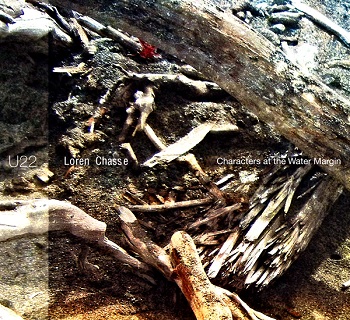 The photographs that comprise the artwork for Characters at the Water Margin, of the Hoh River and of Washington State’s Pacific coast, teem with secluded life, the same life that Loren Chasse presents in his music. It’s an unusual sort of life, easy to miss despite its ubiquity. Gnarled tree trunks, stones worn into smooth ovals, driftwood piled into broken lattices; by definition these are dormant and inanimate things, but Chasse listens and composes with a heuristic ear. Along and above the Olympic Peninsula’s jagged shoreline, small commotions lie in wait, accompanied by the constant pulse of the ocean. Tucked away at the foot of a national forest, in the wreckage of a glacial waterway, they are all but invisible. The circumstances of their appearance depend on close listening, on the slowing down of time, and on a willingness to hear the depth of music that subsists in the tiniest places.
The photographs that comprise the artwork for Characters at the Water Margin, of the Hoh River and of Washington State’s Pacific coast, teem with secluded life, the same life that Loren Chasse presents in his music. It’s an unusual sort of life, easy to miss despite its ubiquity. Gnarled tree trunks, stones worn into smooth ovals, driftwood piled into broken lattices; by definition these are dormant and inanimate things, but Chasse listens and composes with a heuristic ear. Along and above the Olympic Peninsula’s jagged shoreline, small commotions lie in wait, accompanied by the constant pulse of the ocean. Tucked away at the foot of a national forest, in the wreckage of a glacial waterway, they are all but invisible. The circumstances of their appearance depend on close listening, on the slowing down of time, and on a willingness to hear the depth of music that subsists in the tiniest places.
Two new shows just for you. We have squeezed out two extended release episodes for this weekend to get you through this week. They contain mostly new songs but there's also new issues from the vaults. The first show features music from Rider/Horse, Mint Field, Robert Aiki Aubrey Lowe, Anastasia Coope, ISAN, Stone Music, La Securite, Bark Psychosis, Jon Rose, Master Wilburn Burchette, Umberto, Wand, Tim Koh, Sun An, and Memory Drawings. The second episode has music by Laibach, Melt-Banana, Chuck Johnson, X, K. Yoshimatsu, Dorothy Carter, Pavel Milyakov, Violence Gratuite, Mark Templeton, Dummy, Endon, body / negative, Midwife, Alberto Boccardi, Divine. Cow in Maui from Veronika in Vienna. Get involved: subscribe, review, rate, share with your friends, send images! |



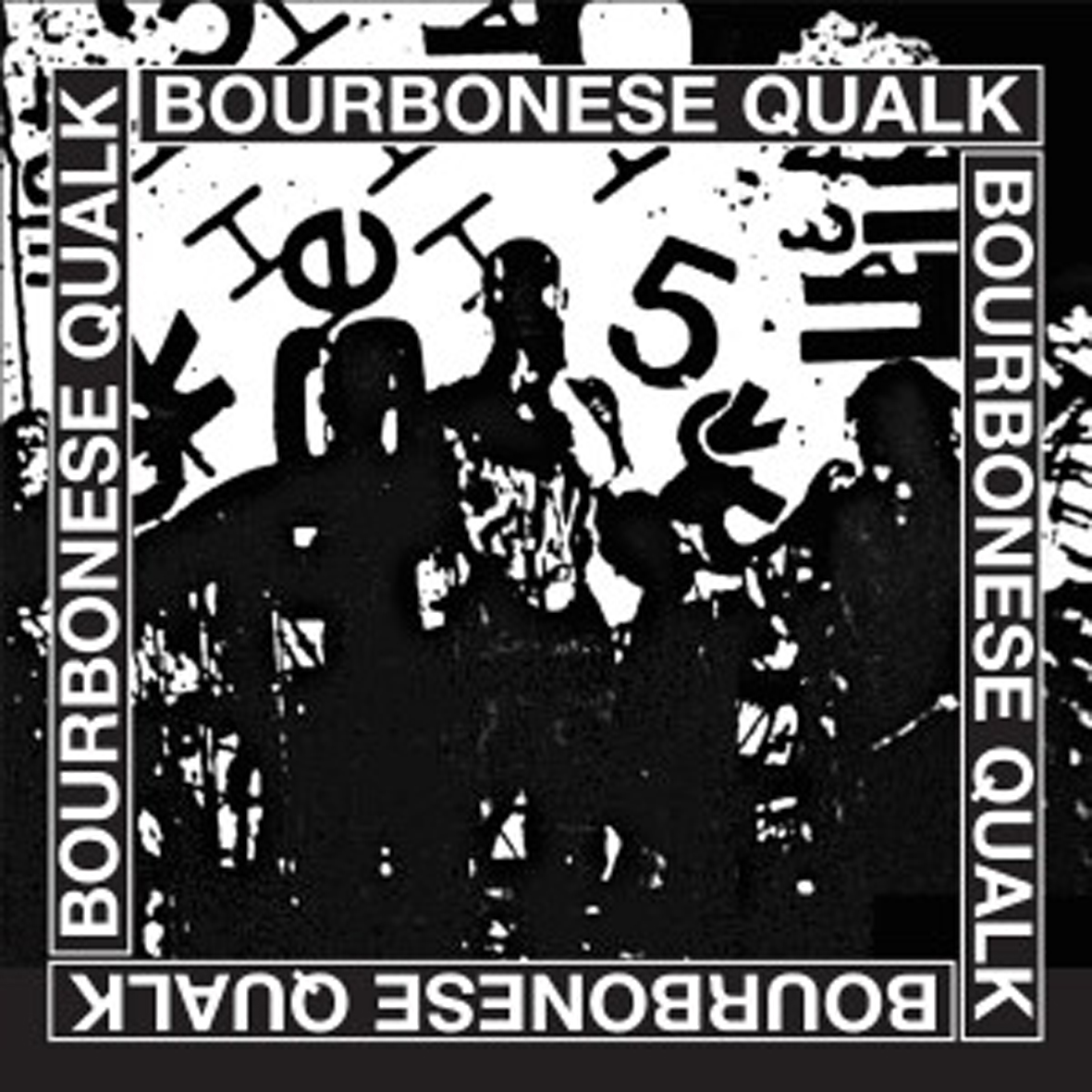 On paper, this compilation seems like exactly what the world needs: a new compilation celebrating the legacy of a criminally underappreciated and mostly forgotten band whose entire catalog is largely out-of-print.  In reality, however, Bourbonese Qualk 1983-1987 is kind of a perplexing mixed success, as Mannequin decided to focus exclusively on Qualk's rather primitive early years, bypassing almost all of their more distinctive and original work.  There is still a lot to like here, as the band originally sounded kind of like an anarcho-punk band that could not afford guitars or a full drum kit, but this era definitely would not have been my first choice if I were commencing my own reissue campaign.
On paper, this compilation seems like exactly what the world needs: a new compilation celebrating the legacy of a criminally underappreciated and mostly forgotten band whose entire catalog is largely out-of-print.  In reality, however, Bourbonese Qualk 1983-1987 is kind of a perplexing mixed success, as Mannequin decided to focus exclusively on Qualk's rather primitive early years, bypassing almost all of their more distinctive and original work.  There is still a lot to like here, as the band originally sounded kind of like an anarcho-punk band that could not afford guitars or a full drum kit, but this era definitely would not have been my first choice if I were commencing my own reissue campaign.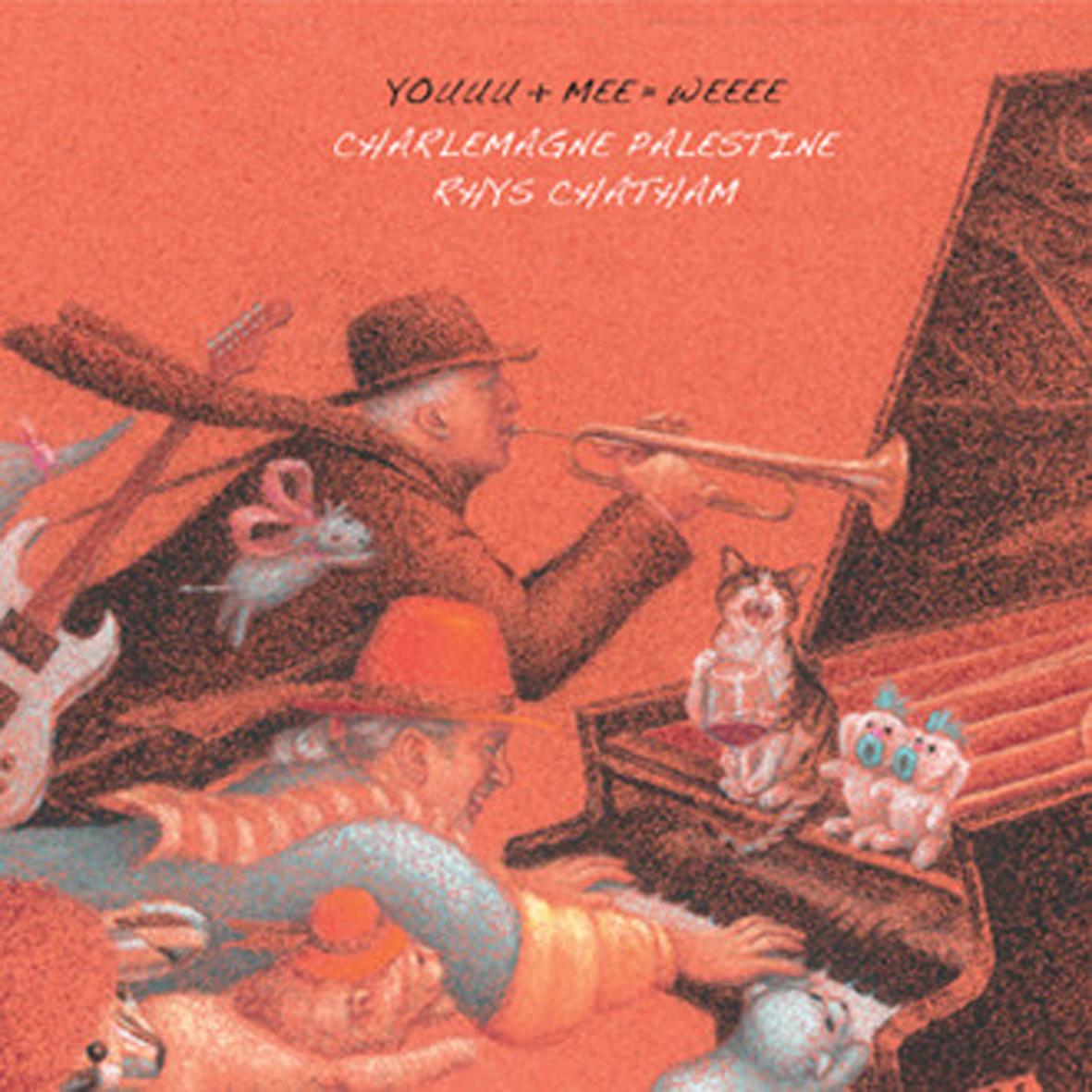 A collaboration between these two avant-garde elder statesmen could have gone any number of ways, given Chatham’s late-career embrace of the trumpet and Palestine’s unrelenting eccentricity.  For the most part, however, the sprawling, nearly three-hour Youuu + Mee is a huge success, taking minimalist drone into some very twisted, unexpected, and dark places (though Palestine's occasional eruptions of yowling vocals remain very much an acquired taste/potential deal-breaker).
A collaboration between these two avant-garde elder statesmen could have gone any number of ways, given Chatham’s late-career embrace of the trumpet and Palestine’s unrelenting eccentricity.  For the most part, however, the sprawling, nearly three-hour Youuu + Mee is a huge success, taking minimalist drone into some very twisted, unexpected, and dark places (though Palestine's occasional eruptions of yowling vocals remain very much an acquired taste/potential deal-breaker).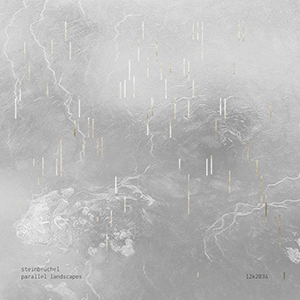 Ralph Steinbrüchel’s formal training is that of a graphic designer, and his approach to Parallel Landscapes is one of a visual artist more than a sonic one. Packaged with a thick booklet of photography and design, this album is as much of an audio as it is a visual composition. With less of a focus on rhythms or melody, and more on vast expanses of terrain and landscape, simultaneously beautiful and foreboding, the album has a consistent, yet complex sensibility to it.
Ralph Steinbrüchel’s formal training is that of a graphic designer, and his approach to Parallel Landscapes is one of a visual artist more than a sonic one. Packaged with a thick booklet of photography and design, this album is as much of an audio as it is a visual composition. With less of a focus on rhythms or melody, and more on vast expanses of terrain and landscape, simultaneously beautiful and foreboding, the album has a consistent, yet complex sensibility to it.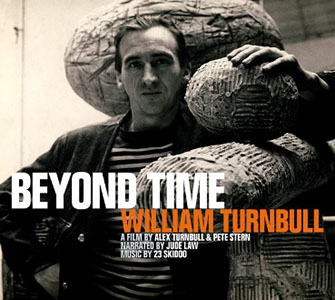 23 Skidoo has had a significant portion of their previous work reissued over the past few years, but Beyond Time is their first album of new material in 15 years. A soundtrack to the documentary of the same name, exploring the life and art of 23 Skidoo core members Johnny and Alex Turnbull's father, William Turnbull, it stands strongly on its own as an atmospheric work that stays faithful to the band’s roots in funk, hip-hop, and unique post-industrial noise.
23 Skidoo has had a significant portion of their previous work reissued over the past few years, but Beyond Time is their first album of new material in 15 years. A soundtrack to the documentary of the same name, exploring the life and art of 23 Skidoo core members Johnny and Alex Turnbull's father, William Turnbull, it stands strongly on its own as an atmospheric work that stays faithful to the band’s roots in funk, hip-hop, and unique post-industrial noise. As much as I like Boduf Songs, I have to admit that the albums began to all blur together for me at some point, as Mat Sweet’s hushed, morbid, and deliciously Lovecraftian aesthetic is an extremely specific one that he has mined for quite a long time (though 2013's Burnt Up On Re-Entry gamely tried to shake-up that formula).  I certainly do not blame him, as it is a very appealing and distinctive niche, but there is quite a lot of similar-sounding material out there as a result.  And now there is still more…sort of: Stench of Exist is a return to the "classic" Boduf sound, but with some healthy vestiges remaining from Sweet's more adventurous recent work.  The end result is probably one of Mat's finest albums to date and one that definitely features a couple of Boduf's strongest songs ever.
As much as I like Boduf Songs, I have to admit that the albums began to all blur together for me at some point, as Mat Sweet’s hushed, morbid, and deliciously Lovecraftian aesthetic is an extremely specific one that he has mined for quite a long time (though 2013's Burnt Up On Re-Entry gamely tried to shake-up that formula).  I certainly do not blame him, as it is a very appealing and distinctive niche, but there is quite a lot of similar-sounding material out there as a result.  And now there is still more…sort of: Stench of Exist is a return to the "classic" Boduf sound, but with some healthy vestiges remaining from Sweet's more adventurous recent work.  The end result is probably one of Mat's finest albums to date and one that definitely features a couple of Boduf's strongest songs ever. A reissue of their debut full length LP, this self-titled album by Austin’s S U R V I V E has the quartet presenting nine distinct synth based compositions that run the gamut between prog experimentation, abstract space, and new wave-esque beats and rhythms. Their stylistic choices and approach to music are both pretty clear, but succeed where many others just try to latch on and ride out the wave of synth nostalgia prevalent these past few years.
A reissue of their debut full length LP, this self-titled album by Austin’s S U R V I V E has the quartet presenting nine distinct synth based compositions that run the gamut between prog experimentation, abstract space, and new wave-esque beats and rhythms. Their stylistic choices and approach to music are both pretty clear, but succeed where many others just try to latch on and ride out the wave of synth nostalgia prevalent these past few years. A collaboration between Kouhei Matsunaga (who has worked with everyone from Sensational to Autechre and Asmus Tietchens) and the less prolific Toshio Munehiro, NHK’s ultra minimalist approach to techno may conjure memories of the late 90s/early 2000s glitch and microsound scenes, but their combination of erratic beats and digital expanses feels anything but dated, sounding entirely unique and fresh in 2015.
A collaboration between Kouhei Matsunaga (who has worked with everyone from Sensational to Autechre and Asmus Tietchens) and the less prolific Toshio Munehiro, NHK’s ultra minimalist approach to techno may conjure memories of the late 90s/early 2000s glitch and microsound scenes, but their combination of erratic beats and digital expanses feels anything but dated, sounding entirely unique and fresh in 2015. Secrecy and solitude are the twin engines spinning at the heart of Cores/Eruct, Noé Cuéllar and Joseph Kramer's first record on their own Category of Manifestation label. By the time album opener "Bluing" has ended and "Son Form" has begun its unusual cyclic canter, they have already constructed an enigmatic and isolated atmosphere. Though clearly recorded and rigorously performed, Coppice’s songs bewilder. They teeter on the edge of the familiar and flirt with recognition, but are comprised of sounds that evade identification. Those sounds are microscopic, magnified to the point of seclusion, and hermetic, as if trapped inside a great machine churning endlessly in the dark. That sense of perpetuity is what drives the the album. It plays out like an aural mise en abyme, each song, sound, and passage opening upon some aspect itself and spiraling endlessly in a confusion of levers, springs, and eerie melodies.
Secrecy and solitude are the twin engines spinning at the heart of Cores/Eruct, Noé Cuéllar and Joseph Kramer's first record on their own Category of Manifestation label. By the time album opener "Bluing" has ended and "Son Form" has begun its unusual cyclic canter, they have already constructed an enigmatic and isolated atmosphere. Though clearly recorded and rigorously performed, Coppice’s songs bewilder. They teeter on the edge of the familiar and flirt with recognition, but are comprised of sounds that evade identification. Those sounds are microscopic, magnified to the point of seclusion, and hermetic, as if trapped inside a great machine churning endlessly in the dark. That sense of perpetuity is what drives the the album. It plays out like an aural mise en abyme, each song, sound, and passage opening upon some aspect itself and spiraling endlessly in a confusion of levers, springs, and eerie melodies.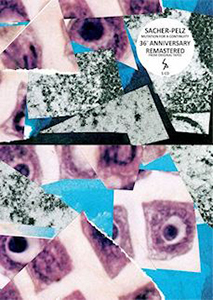 Before Maurizio Bianchi was recording as M.B., or under his own name, he released a series of four tapes as Sacher-Pelz. In a short span between August 1979 and March 1980, his output showed the development from seemingly random, sloppy tape manipulations into something structured and composed, and a direct precursor to what would define Bianchi's work in the early 1980s. Reissued for the material’s 36th anniversary and expanded with the M.B. Plays Sacher-Pelz album, this set captures material that is both historically relevant, and exceptionally strong proto-noise music.
Before Maurizio Bianchi was recording as M.B., or under his own name, he released a series of four tapes as Sacher-Pelz. In a short span between August 1979 and March 1980, his output showed the development from seemingly random, sloppy tape manipulations into something structured and composed, and a direct precursor to what would define Bianchi's work in the early 1980s. Reissued for the material’s 36th anniversary and expanded with the M.B. Plays Sacher-Pelz album, this set captures material that is both historically relevant, and exceptionally strong proto-noise music.
